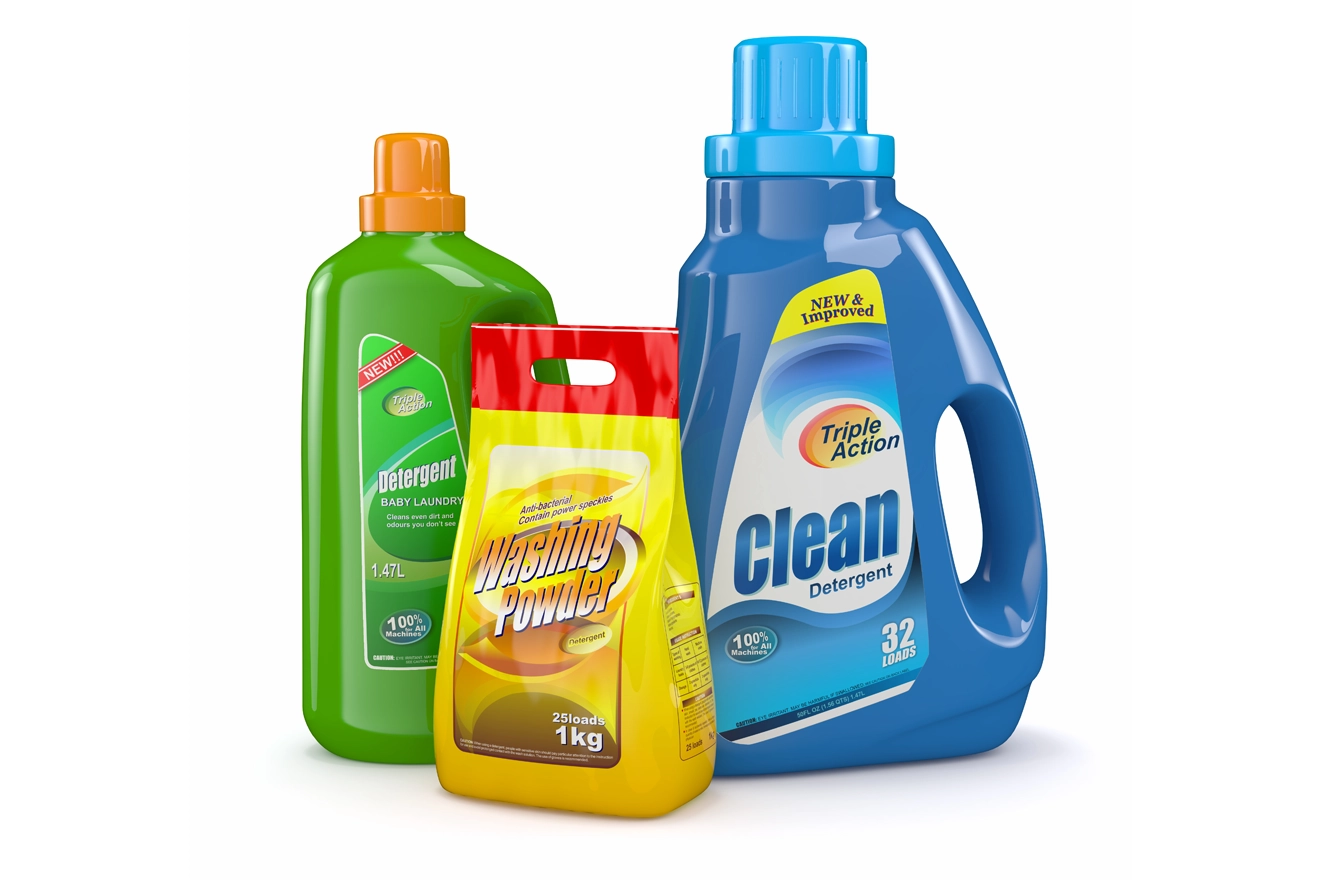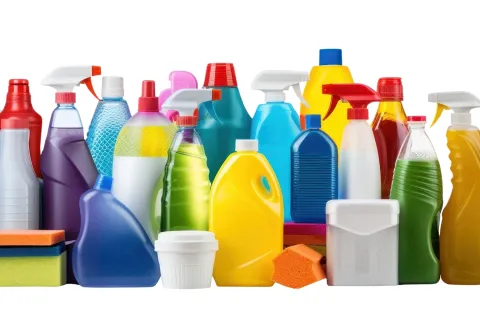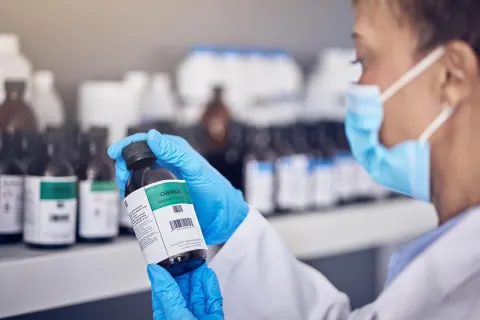
Cleaning product labels are no different than labels for other consumer goods when disclosure of ingredients comes into play. Organizations should exercise safety practices that will protect the consumers and workers during consumption.
The California Cleaning Product Right to Know Act of 2017 (US Senate Bill 258) was signed into law on October 15, 2017, and came into effect in 2020 and 2021. The regulation and requirements are summarized here for your ready reference:
What is the California Cleaning Product Right to Know Act of 2017?
The California Cleaning Product Right to Know Act is a law that requires extensive ingredient information to be clearly listed and disclosed on:
- Product label
- Manufacturer’s or company’s website
Why is This Act Important?
The intent of the Act is to provide consumers and workers with the product’s ingredient information, which encourages informed purchasing decisions and reduces public health impacts from exposure to potentially harmful chemicals used in the product, ultimately leading to supply chain transparency.
Which Cleaning Products are Subject to this Disclosure?
The Act’s ingredient disclosure requirements apply to “Designated products,” which are finished products intended for either household, institutional or janitorial cleaning purposes. They include:
- Air care products such as air fresheners
- Automotive products such as wax, polish, cleaners, and exterior/interior surface treatment for motor vehicles.
- General cleaning products such as floor, glass, carpet, and tile cleaners, disinfectants, detergents, etc.
- Polish or floor maintenance products such as polish, wax, restorer, etc.
Which Products are Exempted from the Disclosure Requirement Act?
- Food, drugs, and cosmetics, including personal care products such as toothpaste, shampoos, hand soaps, hand sanitizers, etc.
- Specific industrial products are used in oil and gas production, steel production, heavy industry manufacturing, industrial water treatment, textile maintenance, food & beverage packaging, and processing.
- Trial samples of designated product that is not packaged for individual sale, resale, or retail.
Who is Obliged to Disclose?
The law applies to:
- Manufacturers of designated products sold in the State
- Private label distributors
What are the Labeling Requirements?
Product Label Ingredient Disclosure: The product’s label should include:
- A list of all intentionally added ingredients contained in the designated product unless it is confidential business information.
- Fragrance ingredients or colorants may be listed on the product label as “fragrances” or “colorants,” respectively.
- Disclosure of the intentionally added ingredients and any ingredient present on any one of the twenty-two (22) Designated lists.
- Disclosure of fragrance allergens present at or above 0.01% (100ppm) that appear on Annex III of the EU Cosmetics Regulation No. 1223/2009. If any fragrance allergen appears in the product, the phrase “Contains fragrance allergen(s)” must appear on the label.
- Ingredients included in the ingredient list that are to be disclosed shall have the following nomenclature systems in the order listed below:
- Household and Commercial Products Association Consumer Product Ingredients Dictionary (HCPA Dictionary) or International Nomenclature of Cosmetic Ingredients (INCI)
- International Union of Pure and Applied Chemistry nomenclature (IUPAC)
- Chemical Abstracts Index name
- Common Chemical Name
- A toll-free number of the manufacturer
- A website address of the manufacturer that provides all information required by Section 108954.5 of the Act
This requirement came into effect on January 01, 2021, when manufacturers were required to display ingredient information on the product label.
Website Ingredient Disclosure: The company webpage must have a product webpage that discloses the following information:
- A list of all intentionally added ingredients contained in the product must be included, except for the following:
- Fragrance ingredients that are subject to disclosure
- Intentionally added ingredients that are considered confidential business information
- Intentionally added ingredients appearing in the product must be listed in the descending order of their weight, and for the ingredients below 1%, they may follow without respect to their weight order.
- A list of all non-functional constituents must be disclosed at or above 0.01% (100ppm), except for 1,4 dioxane, which must be disclosed at or above 0.001% (10ppm) present in the finished product.
- CAS number for each listed ingredient (“not available” - if the CAS number is not available and “withheld” - in case of a confidential business information claim)
- The ingredient name and functional purpose (fragrance or colorant) of intentionally added ingredients
- List of all fragrance ingredients that are included on the Designated list; list of all fragrance allergens included on Annex III of the EU Cosmetic Regulation No. 1223/2009 required to be labeled by the EU Detergents Regulation No. 648/2004, or subsequent updates to those regulations, when present in the product at a concentration at or above 0.01% (100ppm)
- Weblinks to designated lists for any ingredient disclosed
- A link to the product’s Safety Data Sheet (SDS)
Website disclosure was effective from January 01, 2020. An important point to be noted here is that all products manufactured before the deadlines mentioned above but sold after the deadline must display the date of manufacture (day, month, and year) or a code indicating the date of manufacture on the label and on the website.
Key Takeaway for the Manufacturers
The US Senate Bill 258 holds no obscureness. Manufacturers and private label distributors must comply with the regulations to help customers make informed decisions while buying the product. Knowing about the ingredients potentially reduces the risk of hazards associated with usage of them, which makes a big difference and gives the consumers the well-deserved right of choice.
Due to the inclusion of this California Cleaning Product Right to Know Act, New York is also in the process of decreeing its own ingredient disclosure requirement Act, wherein the Department of Environmental Conservation (DEC) is undertaking a rulemaking process to amend the Household Cleaning Information Disclosure Program. Restricted not only to the states, retailers such as Walmart and Target are also releasing their own chemical and ingredient disclosure policies as supply chain transparency is coming to light and consumers are expecting more clarity in product labeling.
Consult Freyr for comprehensive Regulatory Support and hassle-free market entry in California State.









